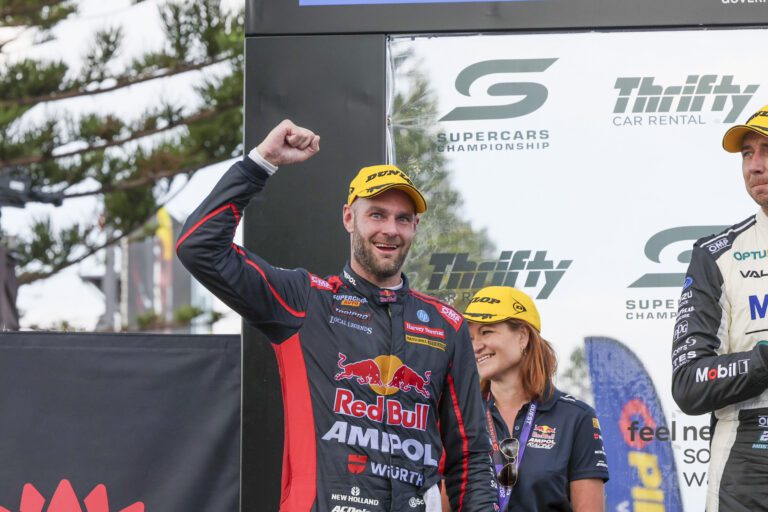
SVG signs multi-year contract extension with Red Bull Ampol Racing
Red Bull Ampol Racing is thrilled to announce that three-time Supercars Champion, and two-time Bathurst 1000 winner, Shane ‘SVG’ van Gisbergen has signed a multi-year
Share this Story

Red Bull Ampol Racing is thrilled to announce that three-time Supercars Champion, and two-time Bathurst 1000 winner, Shane ‘SVG’ van Gisbergen has signed a multi-year
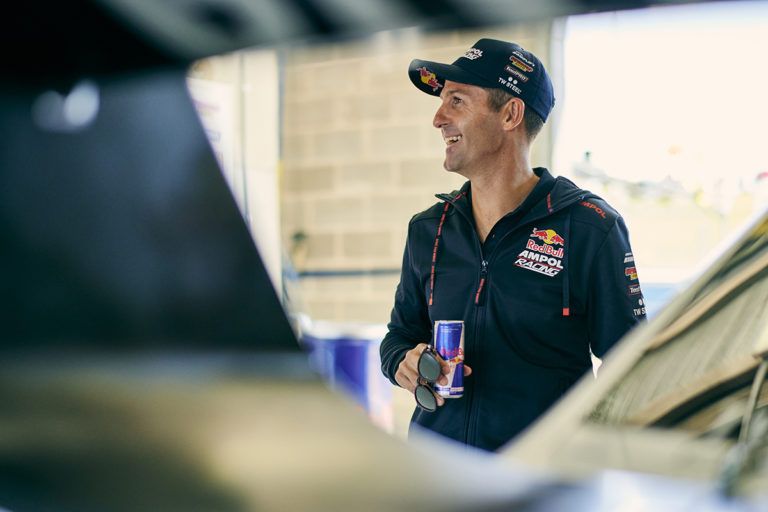
Triple Eight Race Engineering is excited to announce that co-naming rights partner, Red Bull, has committed to the Supercars Championship by securing a further two years with the team. Alongside Ampol

Sydney SuperNight: Practice 1 Results Will Brown – Car #87 Qualifying (Race 16) – Seventh (1:30.1488)Top Ten Shootout – Sixth (1:30.3345)Race 16 – ThirdDrivers’ Championship Standings – First (1746
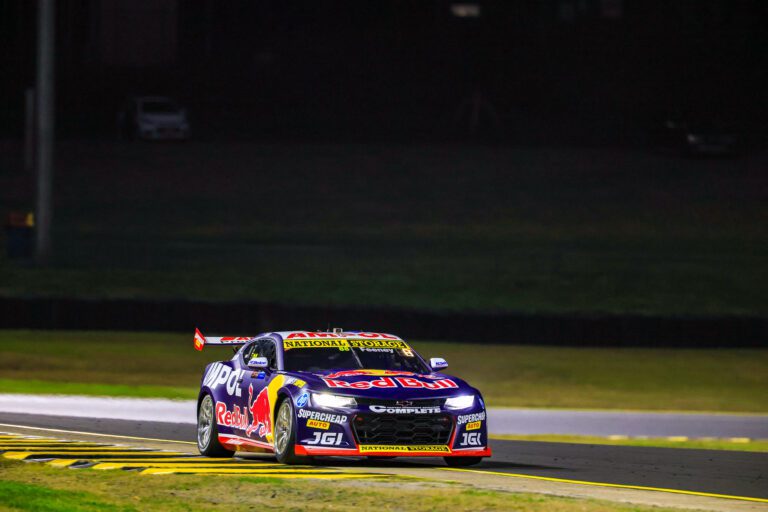
Sydney SuperNight: Qualifying, Top Ten Shootout & Race 15 Results Will Brown – Car #87 Qualifying (Race 15) – Eighth (1:30.3270)Top Ten Shootout – Eighth (1:30.5313)Race 15 – SixthDrivers’ Championship

Sydney SuperNight: Practice 1 Results Will Brown – Car #87 Practice 1 – 4th (1:30.831) “I feel like we’re in the mix. Obviously, being in

Like it’s almost meant to be, Sydney is about to face its own Running of The Bulls, as our very own look to stampede into
Other news you might be interested in discovering.

Triple Eight welcomes Earl Evans and Steve Blackmore, who have purchased a combined 30% equity stake in the team. Both Earl and Steve will join the board of Triple Eight, effective immediately. Jessica Dane will step back from her role as shareholder and board member, effective immediately. Tony Quinn retains

In what was one of the more humbling weekends in the 2024 Supercars Championship, the team departs Far North Queensland with a renewed resolve to turn things around. Sunday’s qualifying in Townsville was a tough nut to crack, putting a brake on any hopes of repeating Saturday’s 3rd place comeback

Sunday Results Will Brown – Car #87 Qualifying, Race 14 – 17th (1:13.9198)Race 14 – 24thDrivers’ Championship Standings – First (1515 points) “The whole day was pretty terrible to be honest. Qualifying was really hard, and we just didn’t seem to have the qualifying pace this weekend but I think our
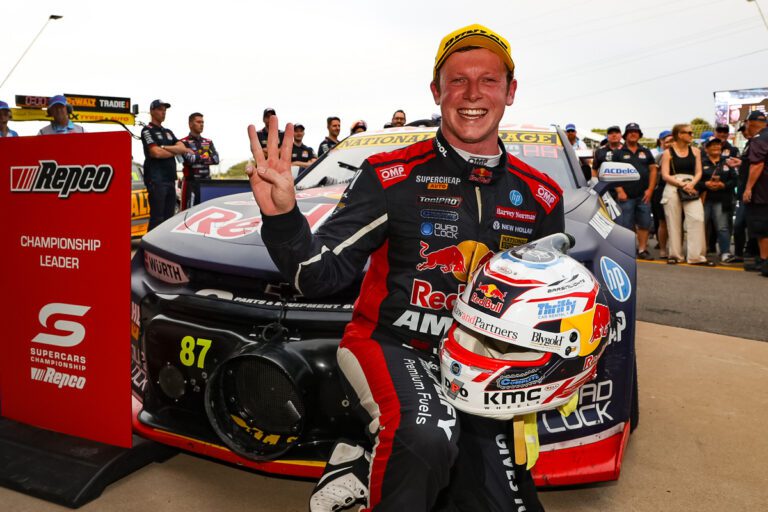
Saturday Results Will Brown – Car #87 Qualifying, Race 13 – 13th (1:13.7028)Race 13 – ThirdDrivers’ Championship Standings – First (1482 points) “I was pretty happy with that race. Obviously my tyre life definitely helped, but I didn’t think I’d get on the podium so I was pretty stoked with that.
2023 Triple Eight Race Engineering